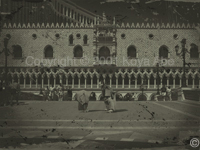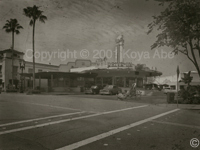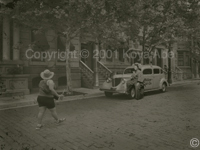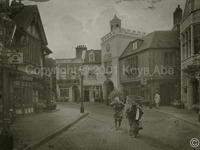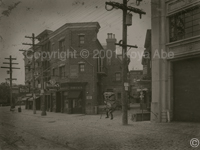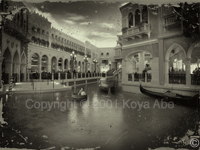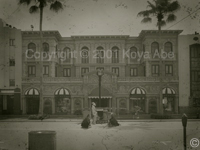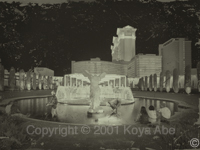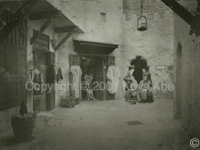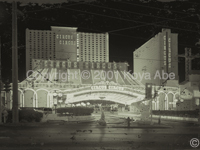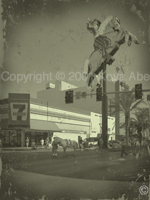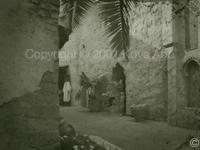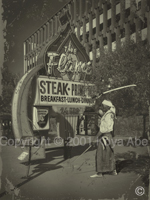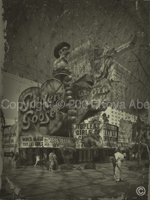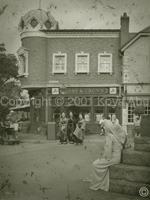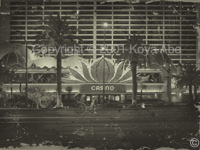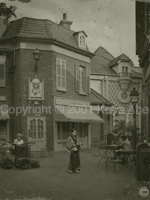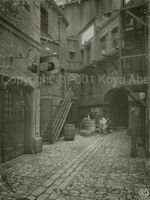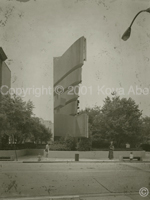Digital Art Chapter 1.5 is an intermediate project between Chapter One and Chapter 2 (Seamless). Following below is the statement from the Seamless project, which also reflects the concepts in Chapter 1.5
|
|
Digital Art Chapter 2
Seamless
|
Media does not make a determination of current or past / real or fake, therefore, all visual information is equalized in the digital construction. This equalizing creates a zone of understanding that I call “seamlessness.” This seamless characteristic also guides a function which seizes upon an occurrence outside of the brain (actuality), but it also creates an occurrence inside of the brain (reality). This is to say that the medium functions as a BRIDGE between reality and actuality. I am interested in these functions upon the medium and my goal is to investigate the medium’s mechanisms within seamless subjects and to explore the essential meaning of “seamlessness.”
|
Digital Art Chapter 2: Seamless continues to explore the media issues that were addressed in Digital Art: Chapter 1 and Chapter 1.5. My current project, Seamless investigates more specifically the issue of the photographic medium’s function and the question of how human beings interpret photographs.
|
Since early in its history, photographic media has been utilized to promote interest in historic locations and distant cultures. The exotic tourist photographs of the 19th century that publicized picturesque depictions of Africa and Asia were one form of these photographs. They portrayed people and locations that were perceived as remote and unusual, and were unlikely to be encountered by the viewer. These photographs were made to fundamentally define a viewer's visual impression or perspective of a culture (in many cases with stereotypical images). Positive or negative, these stereotypical images continue to influence the views and opinions directed at particular cultures. I believe that this is an integral issue in visual and cultural history.
|
In the 20th century the "moving picture" has used historical and cultural subject matter to create genres such as the “Western,” historical drama, the Samurai story, etc., that continue to attract audiences even to this day. Westerns, for example, tend to utilize historic figures, forming them into a more engaging story line.
|
Movies and tourist photos interest me because of the way in which they freely use both fact and fiction together to create a new interpretation. The line between real (fact) and fake (fiction) becomes unrecognizable in the final product and a different level of reality is created. An significant focus of Seamless is this idea of real and fake and how the photograph equalizes these two points of view.
|
The source images from this project are largely fake in origin. That is, the locations that were utilized primarily consist of artificial, re-created places or “enhanced” historical places. Some of the images, such as the background image of Seamless #9, were shot in a Japanese theme park of recreated European landmarks. Others were shot in theme parks and other constructed locations in the United States and Japan. The humans in the images also consist of real and fake. In some cases they are actors from theme parks; in others they are ordinary people walking through a location. My point in utilizing these subjects is to illustrate the equalizing function of (digitally constructed) photography. The question of the subject’s authenticity is determined by the viewer; the photograph itself is a neutral medium and does not answer the question of real or fake.
|
Koya Abe
2002 |
